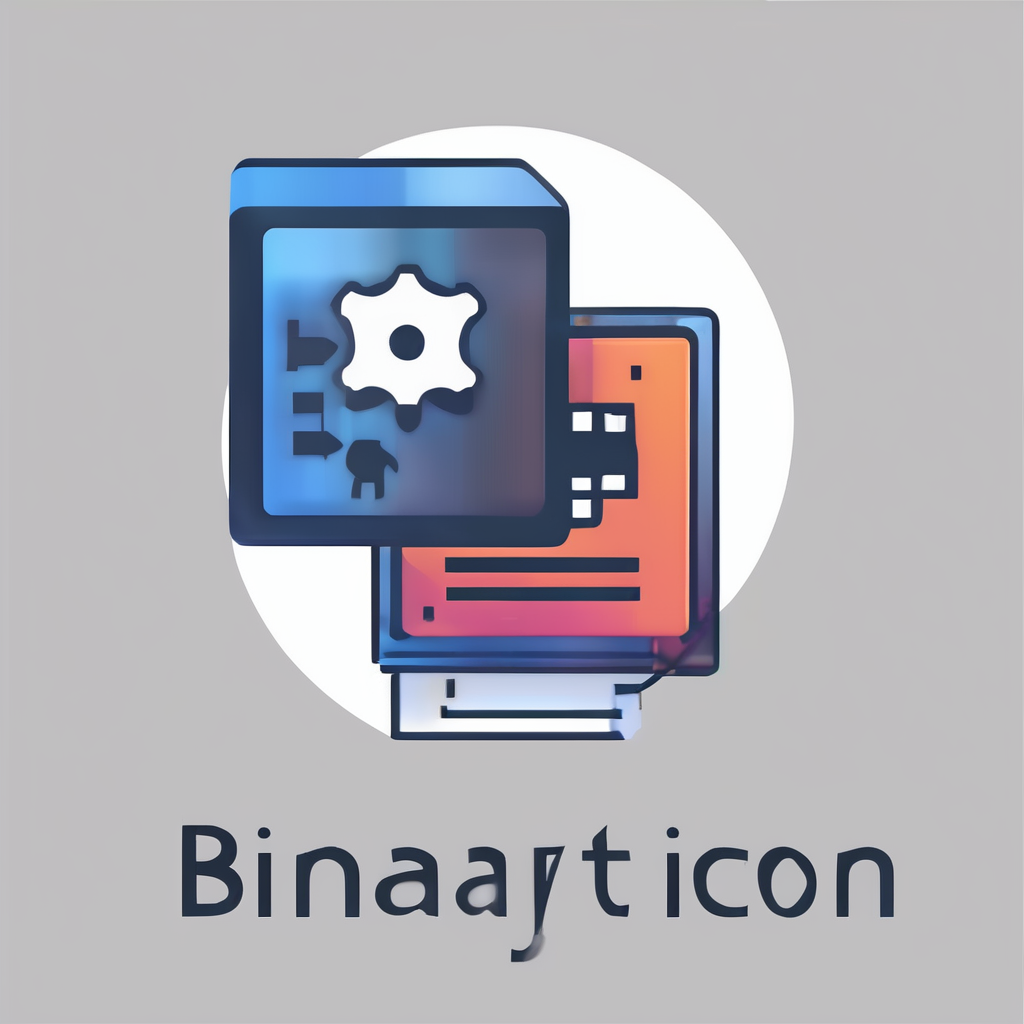Importance of Website Loading Speed
A fast website performance is crucial for retaining visitors, enhancing user satisfaction, and improving the SEO impact. When a site takes too long to load, users are likely to leave, leading to higher bounce rates. Research indicates that a delay of even a single second can significantly increase the abandonment rate. Thus, it’s essential to ensure sites load quickly to keep users engaged.
Loading speed is also pivotal in dictating search engine ranking algorithms. Google, for example, considers site speed as a ranking factor, impacting the site’s visibility on search engine results pages. This is a crucial consideration for businesses and content creators aiming to increase their online presence.
Also read : Essential elements for crafting an impactful mobile marketing strategy
An optimal website loading speed directly impacts user retention. Users tend to revisit sites that offer smooth and swift experiences, fostering better user relationships and brand loyalty. Slow loading velocities, however, can frustrate users, damaging credibility and diminishing trust.
To improve user satisfaction and maintain competitiveness, optimising website loading speed should be a priority. Employing techniques such as caching, efficient file management, and responsive design can contribute significantly to site performance. This proactive approach ensures not only a better user experience but also a competitive edge in SEO and digital marketing landscapes.
Also to discover : Maximizing landing page conversions: the role of a/b testing in optimization
Effective Image Optimization Techniques
Optimizing images significantly enhances website performance by improving load speed, which is critical to user experience. By selecting the right file formats through image compression, websites can maintain high-quality visuals without compromising loading times.
Choosing the Right File Formats
Deciding between JPEG, PNG, and WebP formats can affect loading efficiency. JPEGs are ideal for photographs due to their balance between quality and size. PNGs offer better compression for images requiring translucent backgrounds, while WebP provides superior compression without quality loss, suitable for both.
Implementing Responsive Images
Responsive images adapt to different screen sizes, maintaining user satisfaction across devices. Utilise CSS and HTML to make images scale properly, enriching the user experience without affecting load times. This ensures images are crisp and promptly loaded regardless of viewers’ device specifications.
Tools for Image Compression
Numerous tools can automate image compression, preserving quality while reducing size. Software like TinyPNG and ImageOptim offer efficient solutions for optimising images seamlessly. By incorporating these techniques, websites can significantly reduce loading times and enhance page performance. Employing such practices is crucial for maintaining a competitive edge in SEO impact by ensuring a fast, user-friendly site experience.
Utilizing Caching Strategies
Leveraging caching strategies is vital for improving website performance by significantly reducing load times. By storing frequently accessed resources closer to the user or on their device, caching reduces the need for repeated server requests, thereby enhancing user satisfaction. This section will explore the various types of caching, their setup, and useful tools to implement them effectively.
Types of Caching Explained
Browser caching and server caching are two primary forms. Browser caching stores resource copies on the user’s device, reducing data fetching times on subsequent visits. It exploits the user’s local storage, resulting in faster page loads. On the other hand, server caching retains data at the server level, which helps efficiently manage repeated requests by multiple users.
Setting Up Browser Caching
To configure browser caching, it’s essential to set proper caching headers. These headers instruct the browser on how long to store resources locally. By defining cache lifetimes in the server configuration, one can optimise page load efficiency without impacting the website’s dynamic content.
Recommended Cache Plugins for CMS
For content management systems like WordPress, cache plugins streamline the caching process. Popular options include W3 Total Cache and WP Rocket, both offering comprehensive caching solutions tailored to different site needs. These plugins facilitate easy implementation of caching strategies, ensuring a seamless and user-friendly site experience.
Reducing HTTP Requests
In enhancing page load efficiency, minimizing HTTP requests is critical. Fewer requests translate into quicker load times, improving user satisfaction and overall website performance. One effective approach is request reduction techniques, where web elements are consolidated to decrease the load on servers.
Techniques for Combining CSS and JavaScript Files
Combining multiple CSS and JavaScript files into single, streamlined files can drastically reduce HTTP requests. This not only accelerates page rendering but also optimises resource loading, thus boosting website performance. Tools and plugins available for various platforms automate this combination process, making it manageable even for users without advanced technical skills.
Benefits of Using CSS Sprites for Images
CSS sprites are ingenious for request reduction, enabling multiple images to be combined into a single file. This technique slashes the number of image requests, enhancing performance enhancements significantly. By using positions to display portions of the larger sprite image as needed, CSS sprites ensure user satisfaction through faster and smoother visual experiences.
Employing these request reduction techniques not only optimises website performance but also bolsters a site’s SEO standing by minimising page load times. Prioritising tools and strategies to effectively reduce requests can substantially improve both user satisfaction and site efficiency.
Minifying CSS, JavaScript, and HTML
To enhance website performance, it’s crucial to focus on code optimization, leading to substantial performance enhancements. Minifying CSS, JavaScript, and HTML refers to the process of removing unnecessary characters in the source code. This includes spaces, comments, and line breaks, resulting in a lighter codebase. Consequently, resource loading becomes more efficient, reducing file sizes and speeding up page rendering.
Advantages of Minification
Minification significantly improves loading times by decreasing the amount of code the browser processes. This accelerates resource loading, enhancing the overall performance enhancement. Shorter load times lead to improved user satisfaction and could have positive effects on the SEO impact, as faster sites rank better in search engine results.
Tools for Minifying Code
There are numerous tools available for minifying code that automate the process efficiently. Popular options include UglifyJS for JavaScript, CSSNano for CSS, and HTMLMinifier for HTML. These tools are renowned for their efficiency in compressing code while ensuring functionality is maintained. Experimenting with these tools can streamline the process for web developers.
Implementing Minification in Various Platforms
Implementation varies across platforms. For instance, WordPress users might use plugins like WP Minify to automate the process. Meanwhile, developers working on static sites could incorporate minification scripts into their build tools, such as Gulp or Webpack, to seamlessly integrate into their development workflow.
Utilizing Content Delivery Networks (CDNs)
Leveraging Content Delivery Networks (CDNs) is integral for enhancing a website’s loading speed, particularly for a global audience. CDNs operate by distributing content across a network of geographically diverse servers. This geographic distribution minimizes latency, as users load content from the nearest server location, significantly reducing load times and improving overall website performance.
How Load Balancing Works
Load balancing is a vital mechanism within CDNs, ensuring equitable distribution of traffic across multiple servers. This not only optimises resource utilisation but also prevents server overloads, which can lead to slowdowns or outages. By balancing the load, websites maintain consistent speed and reliability, enhancing user satisfaction.
Examples of Popular CDN Providers
There are several notable CDN providers that facilitate fast and reliable delivery of web content. Cloudflare, known for its robust security features in addition to speed enhancement, and Akamai, famed for its extensive global reach, are industry leaders. Another noteworthy mention is Amazon CloudFront, which integrates seamlessly with other AWS services, offering versatile solutions for diverse business needs. These providers ensure businesses cater efficiently to their global audience, providing a seamless user experience. Enlisting a CDN not only improves SEO impact through reduced load times but also fortifies a website’s infrastructure against high traffic scenarios.
Testing Your Website’s Speed
Monitoring your website’s performance is vital for continuous user satisfaction and SEO impact. Speed testing tools play a crucial role in understanding site efficiency and are invaluable for identifying areas needing improvement.
Key Metrics to Evaluate
Understanding different metrics is essential in evaluating your site’s speed. Key metrics include Time to First Byte (TTFB), which measures server responsiveness, and Largest Contentful Paint (LCP), which gauges how quickly the main content is visible. Other metrics, like First Input Delay (FID) and Cumulative Layout Shift (CLS), highlight user interaction experiences and visual stability.
Recommended Speed Testing Tools
Several effective speed testing tools offer insights into site performance. Google PageSpeed Insights provides suggestions for enhancing loading speed by analysing page content. GTmetrix, known for its comprehensive analysis, grades pages on various performance aspects. Each of these tools evaluates core metrics, pinpointing areas for performance enhancement.
Interpreting Speed Test Results
Once test results are in, understanding their implications on user satisfaction and SEO impact is vital. High LCP, for instance, might suggest a need for optimizing images or server response times. Regularly interpreting these results ensures your site remains competitive, fostering better user experience and retention. By acting on insights provided by these tools, businesses can strategically enhance website performance.
Long-Term Strategies for Sustaining Speed Improvements
To maintain exceptional website performance, it’s crucial to implement ongoing maintenance practices. Regular website audits are fundamental, ensuring that any performance issues are promptly identified and addressed. Audits allow web managers to monitor loading speeds, check for broken links, and optimise server settings effectively.
Keeping software and plugins updated is another important factor in sustaining speed enhancements. Regular updates not only improve user satisfaction by providing consistent functionality but can also patch security vulnerabilities that might affect site speed. Investing time in updating your content management system and associated plugins prevents performance lags.
Proactive speed monitoring is imperative for sustained improvements. Set up alerts for performance drops and run consistent speed tests. This data-driven approach helps in identifying trends or recurring issues, allowing for timely interventions.
Strategic updating protocols should be developed to ensure seamless updates without disrupting service. Consider off-peak times for updates to minimise user impact. A staging environment can be used to test updates before going live, thus avoiding unexpected inefficiencies.
Engaging these long-term strategies guarantees that a website remains competitive in the ever-evolving digital environment, bolstering SEO impact and enhancing user experience continuously.










